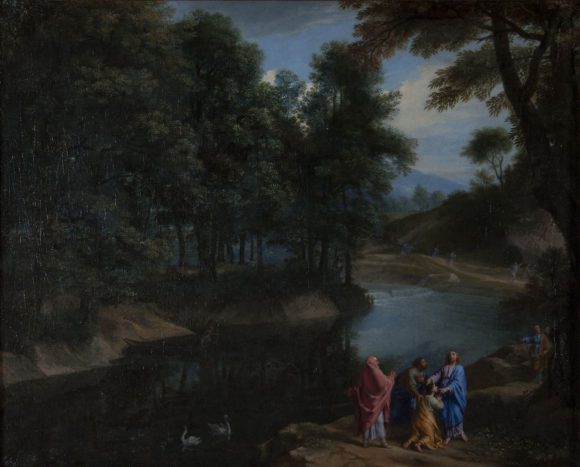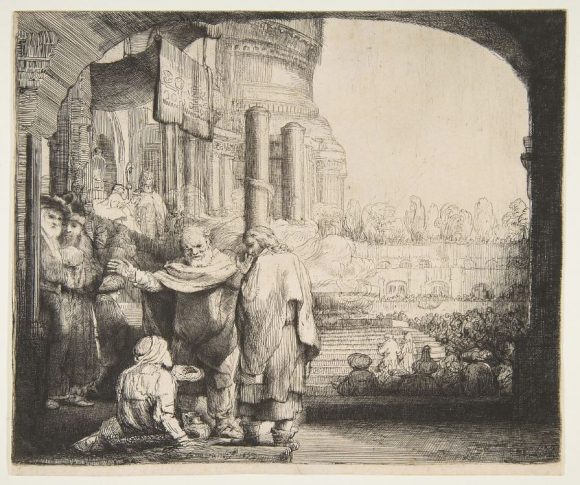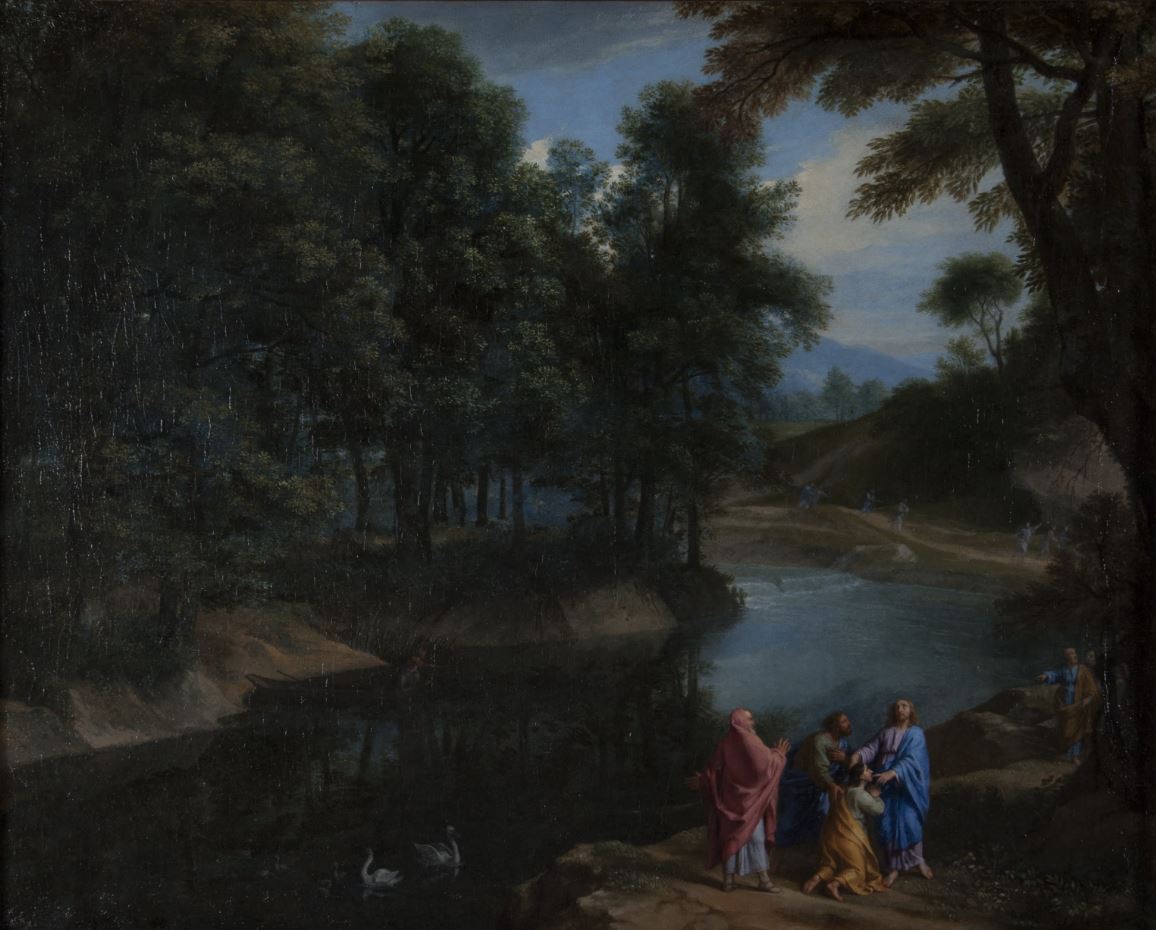
El Greco, The Miracle of Christ Healing the Blind, 1570
Much of Renaissance art is Christian, or religious in some shape or form. We are here to discover how the Disabled person has been represented in art history up until this point. Renaissance art often showing beggars, blind, and old people being healed by Christ. Although this is a positive thought – it does also indicate that disability was seen to be a disease, or something to further another causes plot point (Christianity, and the word of God.)
Renaissance Art sometimes focuses in Disability being ‘Freakish’ and often to warrant a shock value, or power over another person. We will discover what makes us human, and how these stereotypes are changing, and paving the way for Disabled artists to have their say, and take up space in the art world.
While we are trying to boost the amount of disabled representation in the arts – we do know that ableism is still rife in many corners of society.

Peter and John Healing the Cripple at the Gate of the Temple Rembrandt

Diego Velázquez, Portrait of Sebastián de Morra, 1645
We hope to show a progression in this storyline, and learning about these historical figures may tell a story that has rarely been told. As you view the exhibition one can see change in todays feelings, towards disabiliyu. But also perhaps a feeling that we still have a long way to go for full equality in the workplace, socially and beyond. Still – we hope that this exhibition is interesting.


Leave a Reply